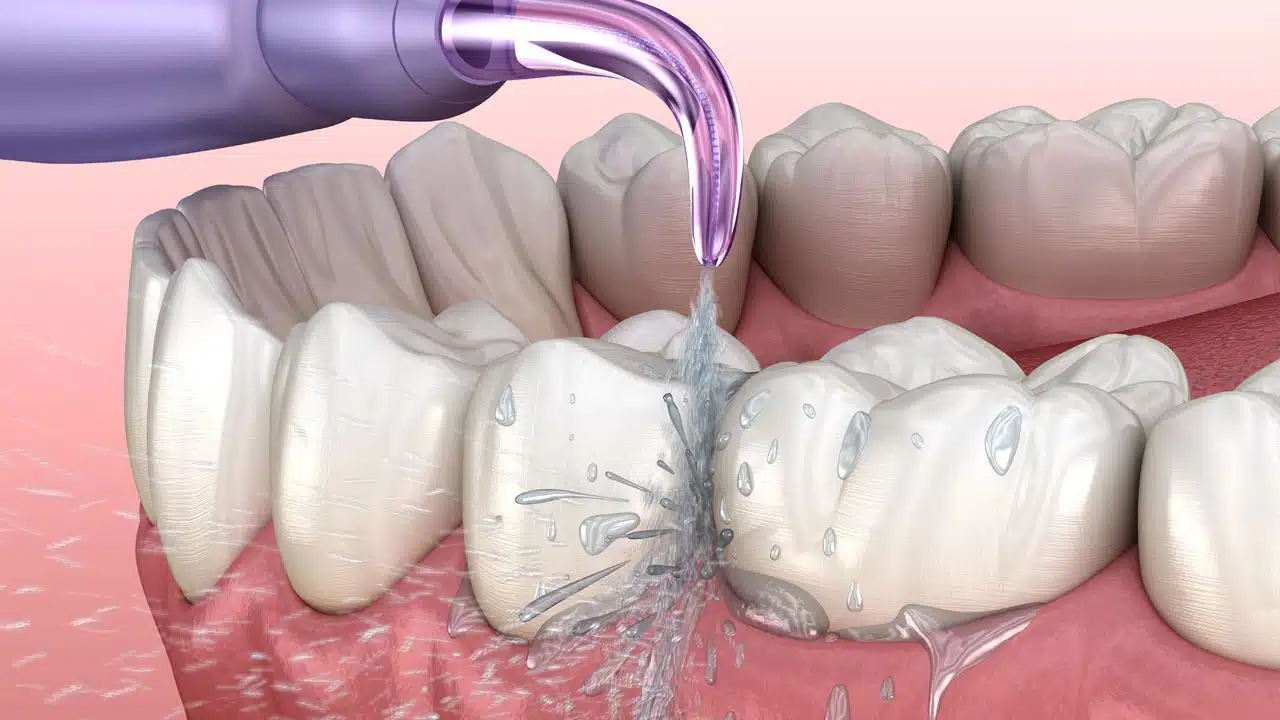
Dental hygiene is an essential part of overall health. Flossing is one of the cornerstones of an effective oral hygiene routine; brushing alone removes about 60% of plaque, leaving the hard-to-reach places between your teeth and gums vulnerable to decay.
However, traditional flossing can sometimes be challenging, leading many to explore more convenient and effective alternatives. If you’re looking for different ways to maintain your oral health, consider these alternatives to dental floss.
1. Water Flossers
Water flossers, also known as oral irrigators, are devices that use a pressurized stream of water to clean between your teeth and along your gum line. They can remove food debris and plaque just as effectively as traditional floss.
Water flossers can reach areas that traditional floss can’t, such as the back of the mouth and the spaces in between tightly packed teeth. They’re also highly recommended for people with braces, implants, and other dental work where traditional flossing might be difficult or potentially damage the dental restoration or device.
There are two main types of water flossers: countertop and cordless. Countertop water flossers are larger, need to be plugged into an outlet, and have a reservoir that holds water. Cordless water flossers are smaller, battery-operated, and portable, which makes them handy for travel.
To use a water flosser, fill the reservoir with water, position the tip of the jet at your gum line, and activate the device. The water pressure and pulsations can be adjusted to your comfort level.
2. Interdental Brushes
Interdental brushes are tiny brushes designed to clean between your teeth. They come in various sizes to accommodate different gap sizes between your teeth. Research suggests that interdental brushes can more effectively remove plaque than traditional flossing. They are also easier to use, especially for those with dexterity issues or arthritis.
To use an interdental brush, you insert it gently into the space between two teeth and move it back and forth several times. This process should be repeated for all the spaces between your teeth.
3. Floss Picks
Floss picks are another popular alternative to traditional floss. They consist of a small piece of floss strung between two plastic handles, making reaching the back of your mouth easier. Floss picks are portable and disposable, making them a convenient option for flossing on the go. However, they may be less effective in cleaning tight spaces between teeth than traditional floss or interdental brushes.
4. Electric Flossers
Electric flossers combine the ease of floss picks with the effectiveness of traditional flossing. They use a nylon filament or a rubber tip that vibrates at high speed to remove plaque and debris between teeth and along the gumline. Electric flossers can reach areas that might be challenging for traditional floss, making them an excellent option for thorough oral care.
Maintain Your Oral Hygiene
Maintaining a regular oral hygiene routine is essential for dental health. While traditional flossing is a tried-and-true method, these alternatives can offer more comfort, ease of use, and in some cases, more effectiveness.
However, the best flossing method is the one you’re most likely to use regularly, so try these alternatives until you find the one that suits you the best.
If you have any concerns about your oral health, contact Valley Dental Care for an appointment.

